Weather Information You Need for Your Farm
Unfortunately, I can't give you specific weather information for your farm. However, I can help you identify the weather data that's most important for your farming operation:
Essential Weather Data

Temperature
This is crucial for understanding plant growth rates, potential frost risks, and heat stress for livestock. Knowing minimum and maximum temperatures is important.
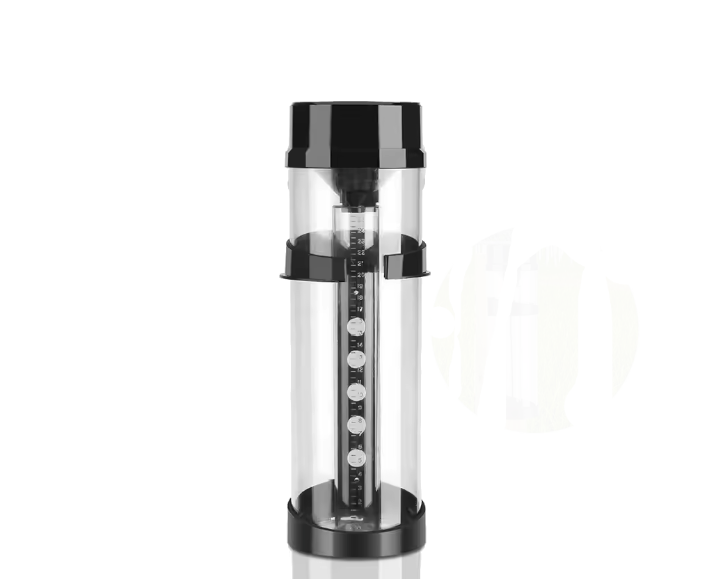
Precipitation
Rainfall and snowfall data are essential for irrigation planning, understanding drought conditions, and predicting potential flooding.
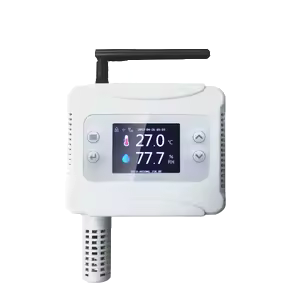
Humidity
High humidity can affect plant health and encourage disease growth.
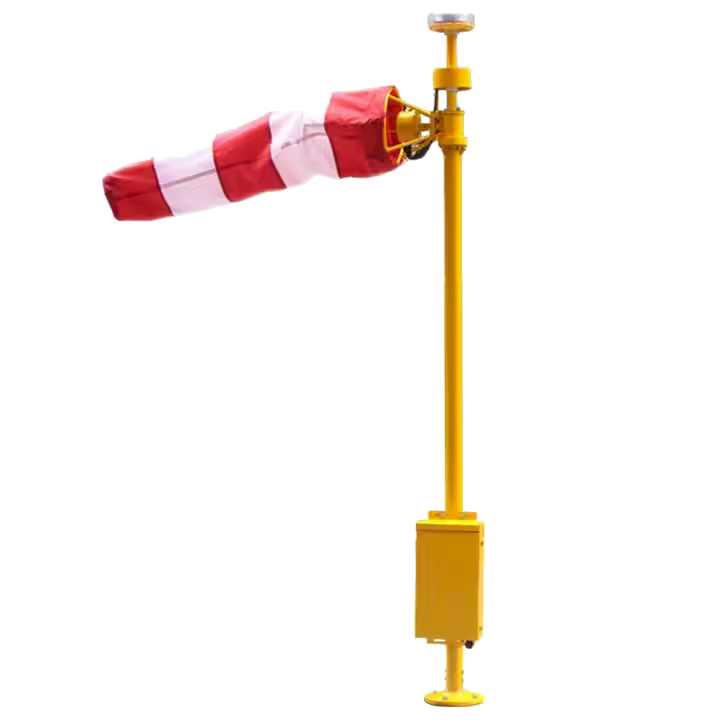
Wind Speed and Direction
Strong winds can damage crops, hinder pollination, and increase evaporation rates.
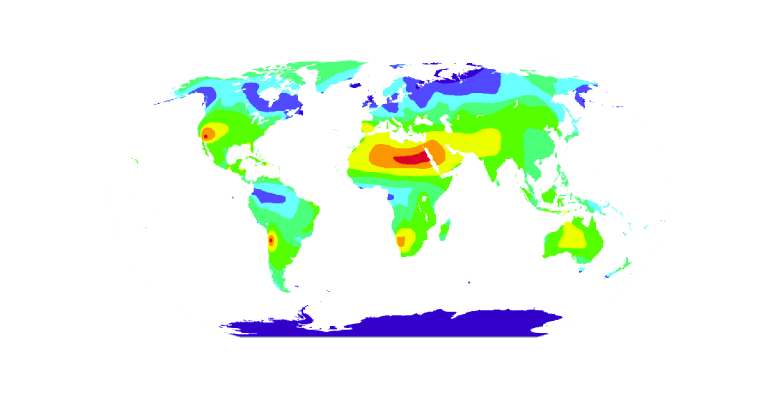
Sunshine Hours
The amount of sunlight affects plant growth and photosynthesis.
Additional Useful Weather Data (Depending on Your Needs)
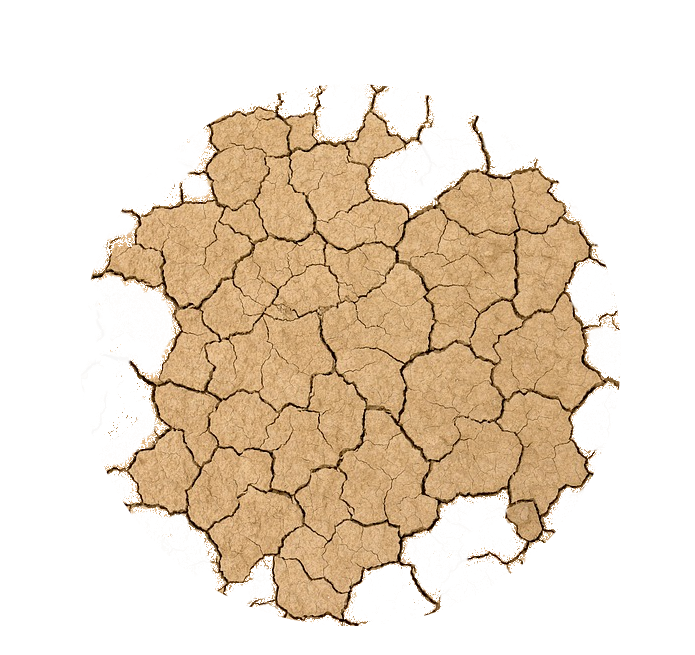
Soil Moisture
Knowing soil moisture levels helps you decide when to irrigate and can optimize water usage.

Evapotranspiration (ET)
This combines temperature, humidity, and wind speed to indicate how much water evaporates from the soil and plants. It helps determine irrigation needs.
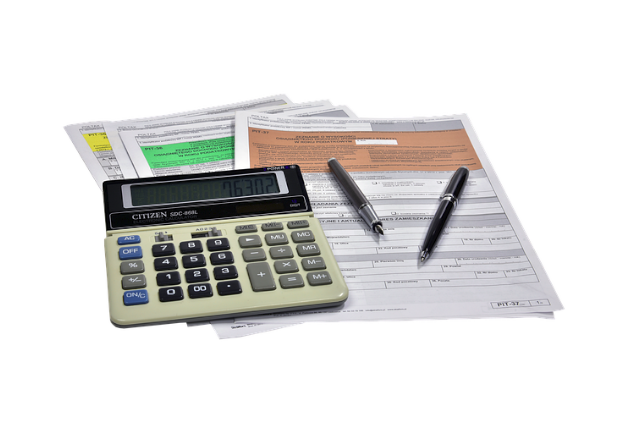
Growing Degree Days (GDD)
This calculation helps predict plant development stages based on accumulated heat units over time. It's crucial for planning planting and harvesting times.
Using Weather Information for Farm Management
Harvest Planning
Weather forecasts can help plan harvesting schedules and avoid potential spoilage from heavy rain or strong winds.

Irrigation Management
Knowing when and how much to irrigate to optimize water use and prevent crop stress.
Planting Dates
Selecting the optimal time for planting crops based on temperature and frost risks.
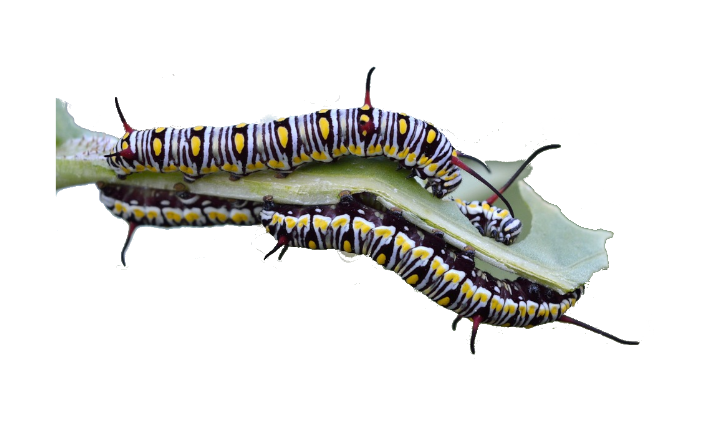
Pest and Disease Control
Weather conditions can influence pest and disease outbreaks. Early warnings can help with preventative measures.
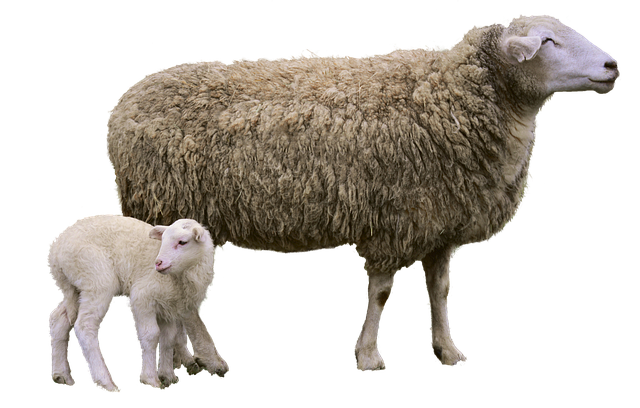
Livestock Management
Adjusting shelter and animal care practices based on temperature extremes or heavy precipitation.
By incorporating weather data into your farm management plan, you can increase your efficiency, improve crop yields, and ensure the well-being of your livestock.

